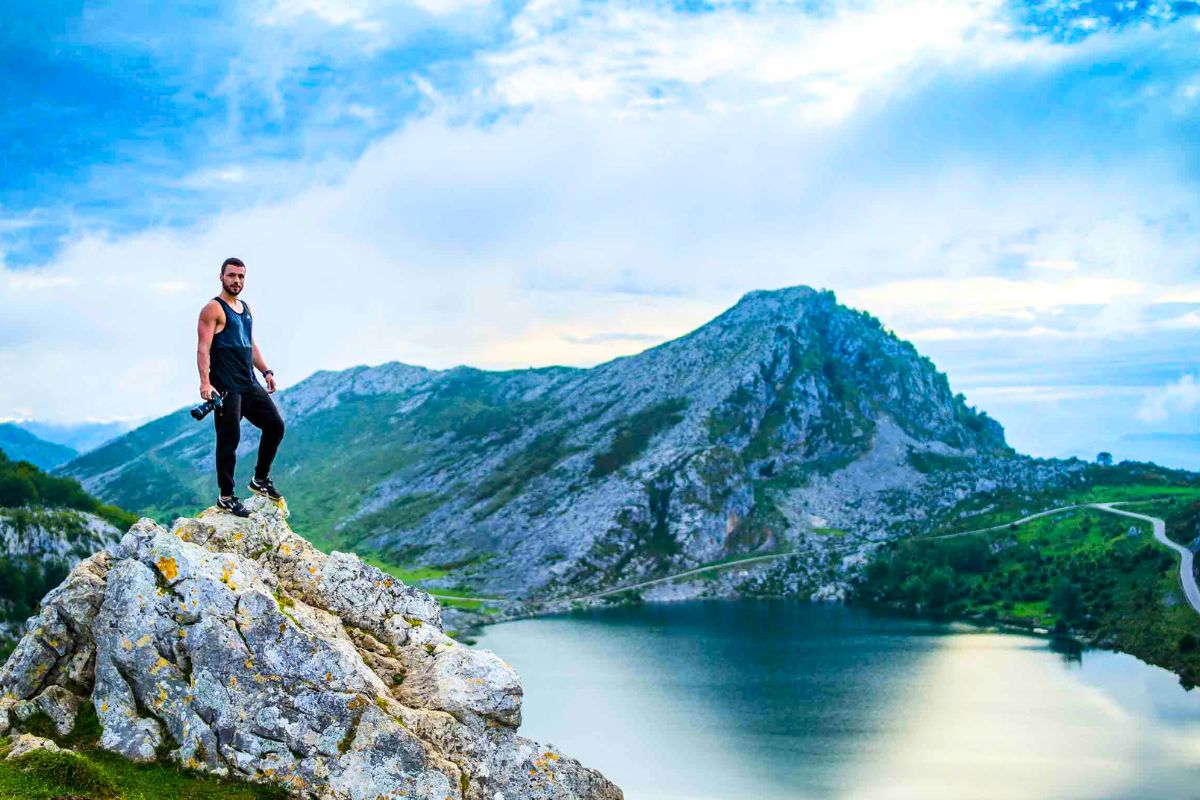Meet Kevin Mercier, a professional photographer from the travel blog KEVRMC. In our latest series on people with inspiring jobs who travel the globe, Kevin shares insights from his adventures and the art of capturing wildlife and nature through his lens.
Starting Out: How did you first get into wildlife photography, and what was the initial draw for you to this field?
My journey into wildlife photography started with a deep love for nature. When I was a child, I would spend much of my time exploring the outdoors, fascinated by the beauty of the world around me. Photography became a natural extension of this passion, allowing me to capture the beautiful moments I encountered in nature.
I was always excited about going out into the wild and taking pictures of these animals and the places they live in, which was like capturing a special moment I could share with everyone else.
Memorable Moments: Could you share one of your most unforgettable encounters in the wild and describe how you managed to capture that moment through your lens?
One of the most incredible encounters I had in the wild was stumbling upon a gray wolf pack in Indiana. It was during a quiet afternoon hike when I noticed movement in the distance. As I carefully approached, I came across a family of majestic gray wolves, roaming freely through the forest.
Capturing this moment was a delicate balance of excitement and respect for these incredible animals. I made sure to keep a safe distance, using a telephoto lens to zoom in without disturbing them. The key was patience as I waited for the perfect opportunity to capture their natural behavior. Watching the wolves interact with each other and their surroundings was mesmerizing.
With each click of my camera, I felt a sense of awe and reverence for these elusive creatures. It was a rare and humbling experience, and I was grateful to have the chance to document it through my lens.
Challenges on the Job: What is one of the most challenging situations you’ve faced while on a shoot, and how did you overcome it?
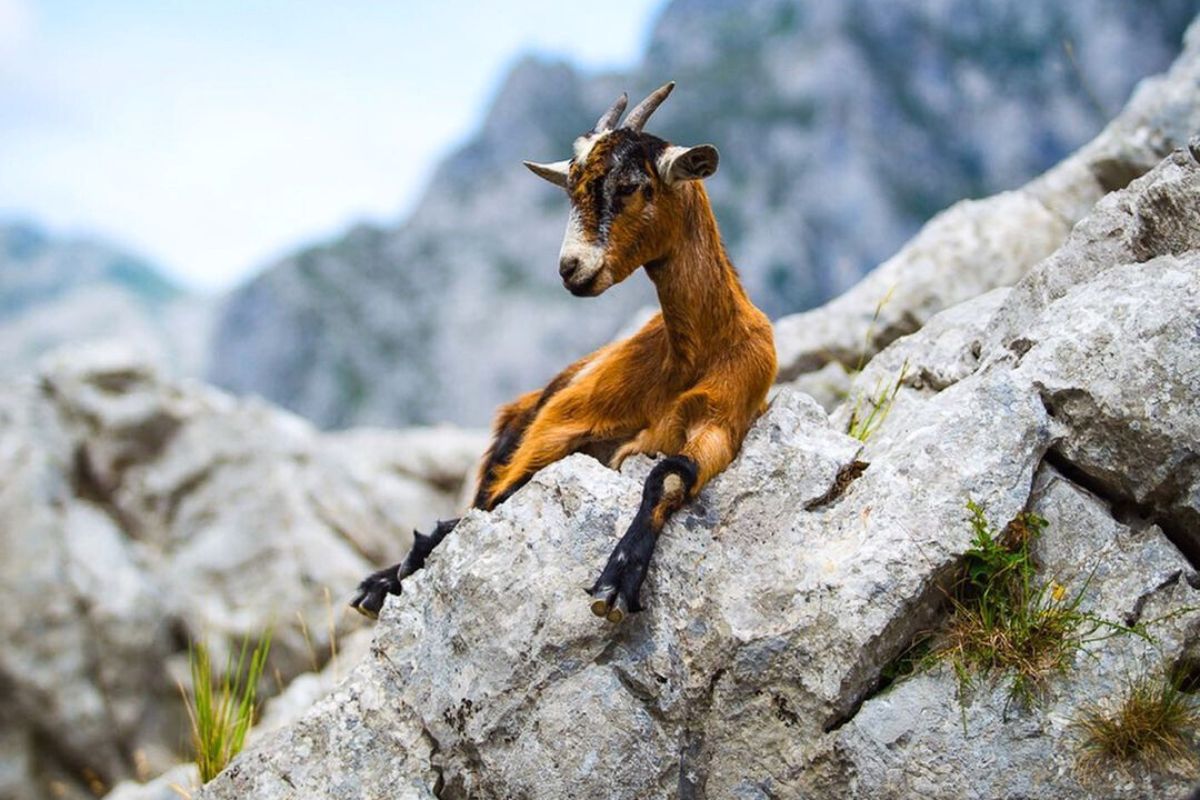
One of the most challenging situations I faced while on a shoot was during a black bear photography expedition in Indiana. I had to travel to a remote forest area known for its black bear population, but unexpectedly, it started raining heavily, making it difficult to move around in the forest.
To deal with this challenge, I had to think on my feet and rely on my knowledge of the area. Instead of risking getting lost or encountering dangerous conditions, I found a sheltered spot to wait out the worst of the rain. While waiting, I used the time to review my equipment and plan potential shots once the weather cleared. As the rain subsided, I remained cautious and alert, knowing that wildlife activity might increase with the changing weather.
Eventually, my patience paid off when a beautiful black bear emerged from the forest to forage for food. Despite the initial setback, I was able to adapt to the challenging conditions and capture some incredible photographs of these elusive creatures in their natural habitat.
Gear Essentials: Can you walk us through the essential equipment in your camera bag and perhaps a favorite piece of gear that you couldn’t do without?
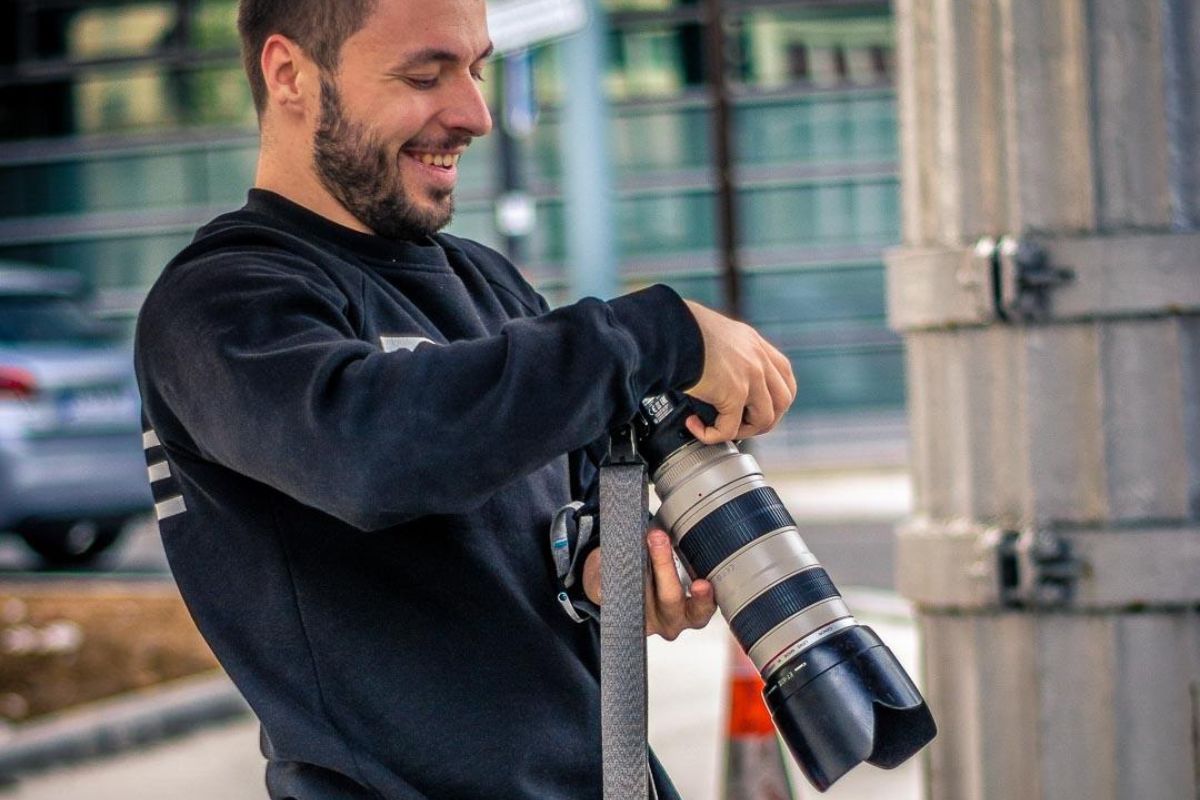
In my camera bag, I always carry my trusty Canon 6D, which may not be the newest model, but it gets the job done reliably. It’s like an old friend that I’ve grown accustomed to over the years.
My go-to lenses are the Tokina 16-28 f/2.8 for capturing expansive landscapes and the Canon 70-200 f/2.8 for zooming in on details and wildlife. These two lenses cover a wide range of shooting scenarios for me, from sweeping vistas to intimate close-ups.
While I also have a Canon 85mm f/1.8 for portraits and product shots, I tend to leave it behind on most trips to keep my gear lightweight.
If I had to pick a favorite piece of gear, it would definitely be my Canon 70-200 f/2.8 lens. Its versatility and image quality never cease to impress me, allowing me to capture stunning shots in various situations.
Photography Tips: What are your top three tips for amateurs looking to improve their wildlife photography skills?
Utilizing Free Online Resources
Amateur wildlife photographers have access to numerous free guides and YouTube videos available online, offering a wealth of knowledge and tutorials on various aspects of photography. Personally, I’ve found these resources invaluable in improving my skills. From learning camera settings to mastering composition techniques, there’s a huge amount of information available at your fingertips.
I’ve benefited greatly from watching tutorials, reading articles, and participating in online communities where photographers share tips and feedback. Taking advantage of these free resources is a fantastic way for amateur photographers to improve their skills and expand their knowledge base in wildlife photography.
Research Your Subject
Knowing your subject is crucial for successful wildlife photography. Understanding the behavior and habits of the animals you’re photographing allows you to anticipate their movements and capture more compelling images.
Whether it’s studying their feeding patterns, territorial behaviors, or preferred habitats, the more you know about your subject, the better prepared you’ll be to capture those unique moments that tell a story through your lens.
Practice At Home
Don’t underestimate the value of starting at home to improve your wildlife photography skills. While it may seem counterintuitive, practicing your techniques with domestic animals or birds in your backyard can provide valuable experience in composition, lighting, and camera settings.
I’ve found that improving my skills close to home has helped me develop a deeper understanding of how to capture compelling wildlife images when I’m out in the field. So, don’t overlook the opportunities right in your backyard to sharpen your photography skills before venturing into the wild.
Impactful Images: Is there a particular photo you’ve taken that has had a significant impact, either personally or publicly? What’s the story behind it?
Capturing a photo of a Tasmanian devil in its natural habitat during my travels in Tasmania was an incredible experience for me as a photographer. Witnessing this critically endangered animal in the wild stirred both excitement and a deep sense of responsibility within me. It made me acutely aware of the urgent need to protect these creatures and their vulnerable ecosystems.
The photograph serves as a reminder of the fragile balance of nature and the importance of conservation efforts. It has inspired me to use my photography as a means of raising awareness and advocating for the preservation of endangered species like the Tasmanian devil. Overall, photographing this iconic animal has left a lasting impact on me, driving me to contribute to the protection of our planet’s biodiversity.
Seasoned Advice: What advice would you give to someone who is just starting out and hoping to make a career in photography?
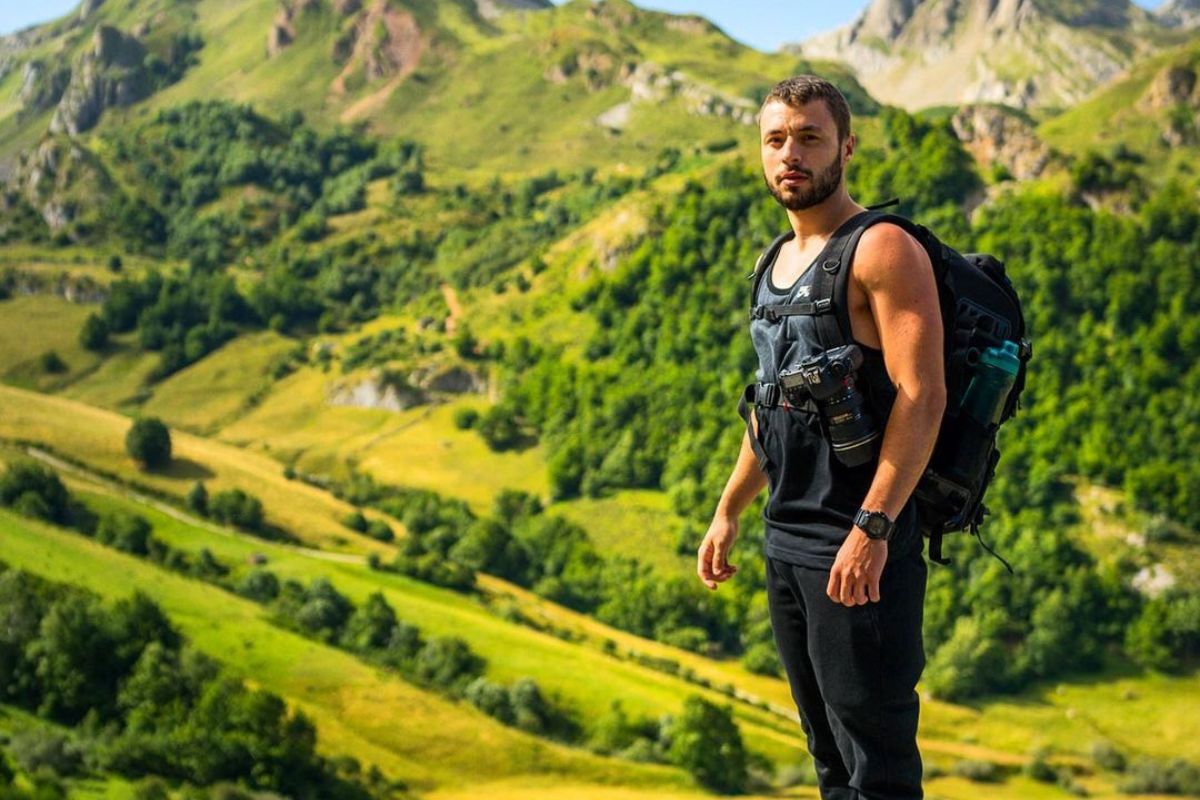
For those who are just starting out and aiming for a photography career, my advice is to dive headfirst into the art. You don’t need fancy gear to begin—start with whatever camera you have, even if it’s just your smartphone. The key is to practice relentlessly and explore various styles and techniques.
Take advantage of educational resources, whether through formal courses or online tutorials, to expand your knowledge and skills. Networking within the photography community is invaluable; connect with peers, seek guidance from seasoned professionals, and seek constructive feedback on your work. Remember, success takes time and persistence, so stay patient, keep learning, and let your passion for capturing the world shine through in your photographs.
Recommended Destinations: For wildlife enthusiasts eager to experience and photograph the natural world, which destinations would you recommend and why?
My top destinations would be Australia and the United States. Australia and the United States offer some of the most diverse and captivating destinations. In Australia, places like the Great Barrier Reef and the Daintree Rainforest provide incredible opportunities to photograph unique marine life and exotic birds in lush tropical settings. Furthermore, Australia is home to iconic species like kangaroos, koalas, and the elusive platypus, making it a must-visit destination for wildlife photographers.
In the United States, the vast and varied landscapes offer endless possibilities for wildlife photography. Yellowstone National Park is renowned for its diverse ecosystems and abundant wildlife, including grizzly bears, wolves, and bison. Alaska is another top destination, offering breathtaking scenery and opportunities to photograph majestic creatures like bald eagles, moose, and humpback whales.
I believe both Australia and the United States boast stunning natural beauty, making them ideal destinations for wildlife enthusiasts looking to capture the wonders of the natural world through their lens.
Looking Ahead: What projects are you currently working on, and what do you aim to capture or achieve with them?
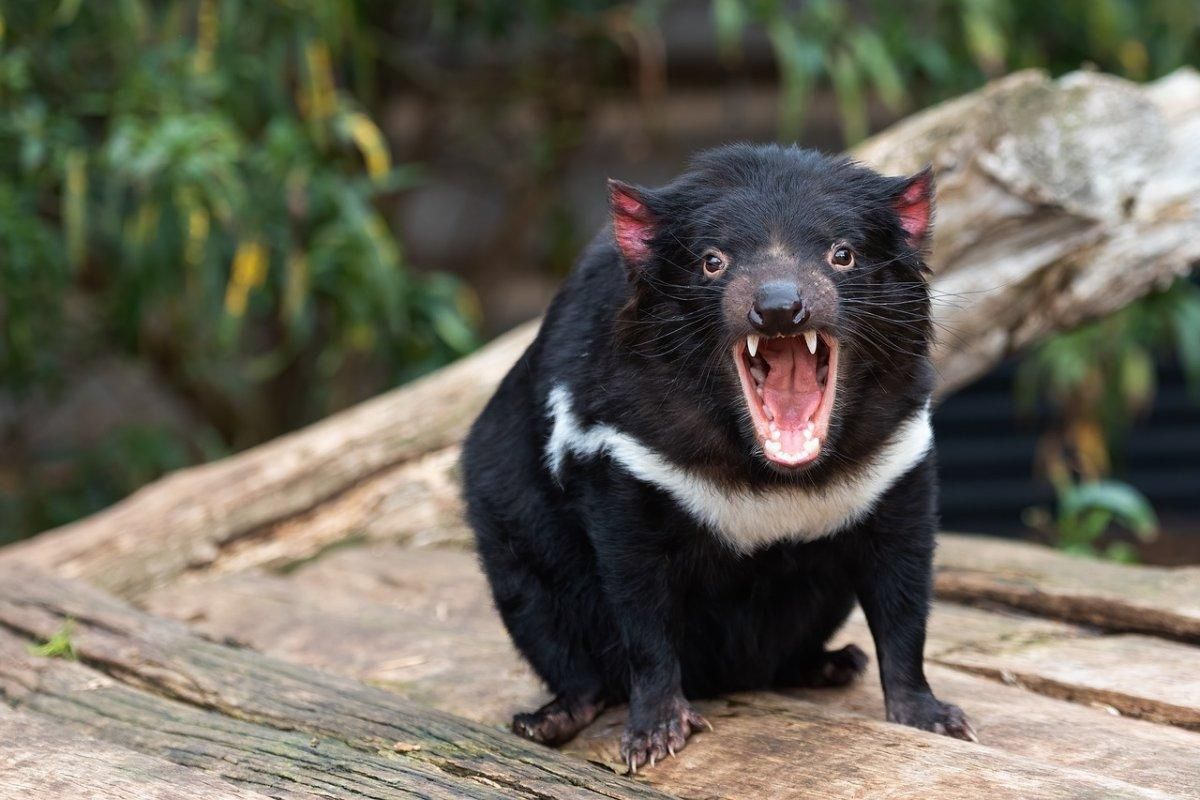
Currently, I’m gearing up for an exciting new project that involves traveling to Africa, specifically countries like Uganda, Zimbabwe, and Botswana. With this project, I want to dive into Africa’s amazing wildlife and capture the stunning beauty of its landscapes and animals. Africa has some amazing places for wildlife photography, like the Serengeti savannas and Uganda’s lush jungles.
I hope to document the incredible array of species that call these regions home, from majestic lions and elephants to elusive leopards and gorillas. I also aim to shed light on the conservation challenges facing these ecosystems and the efforts being made to protect and preserve Africa’s precious wildlife heritage.
Through my photographs, I hope to inspire others to appreciate and safeguard the natural world for future generations.

